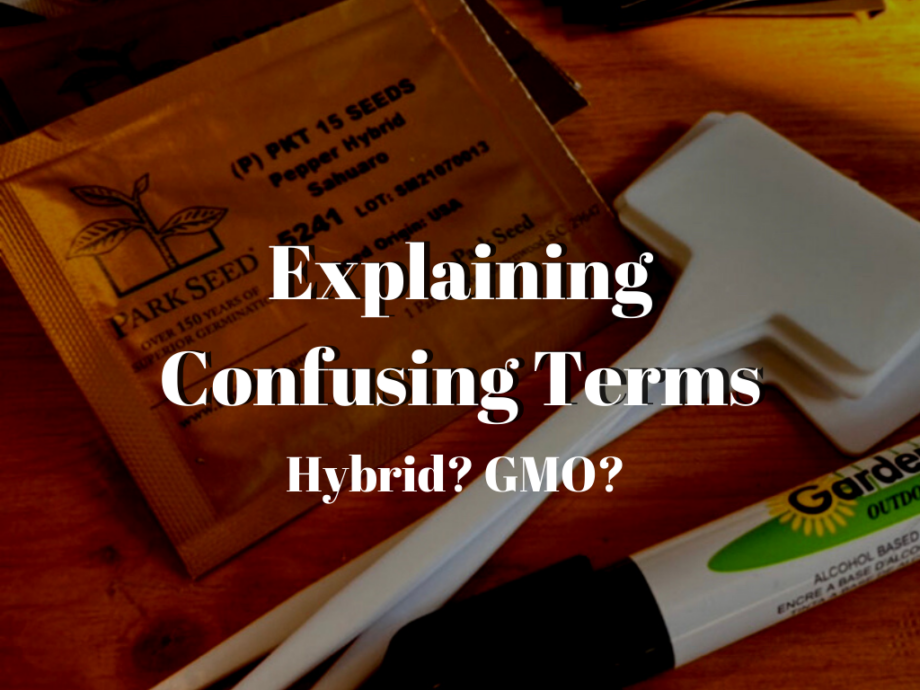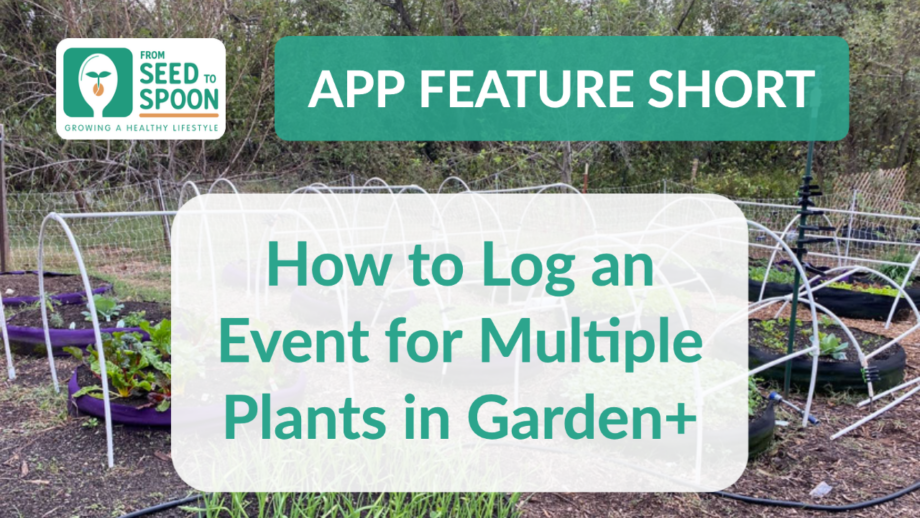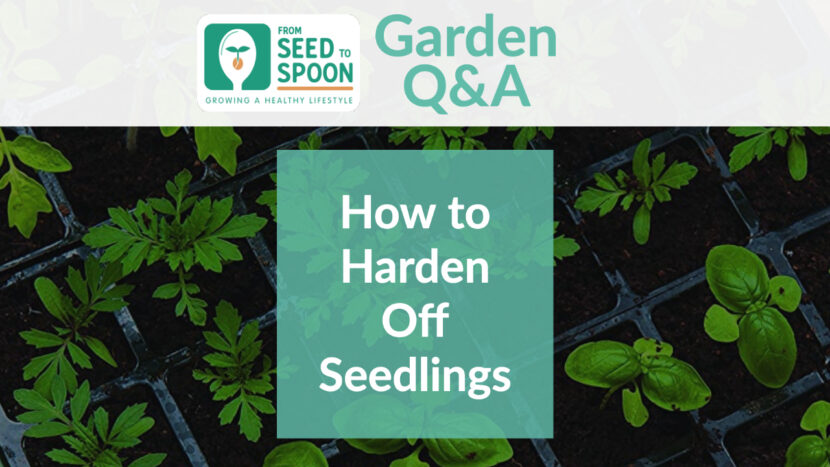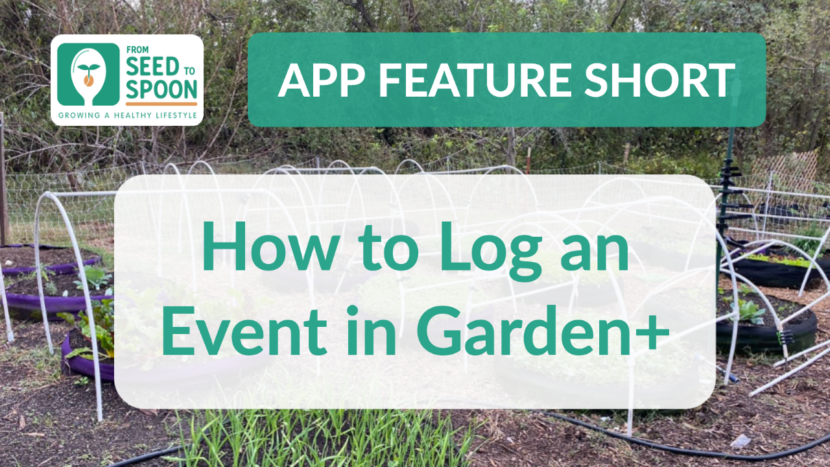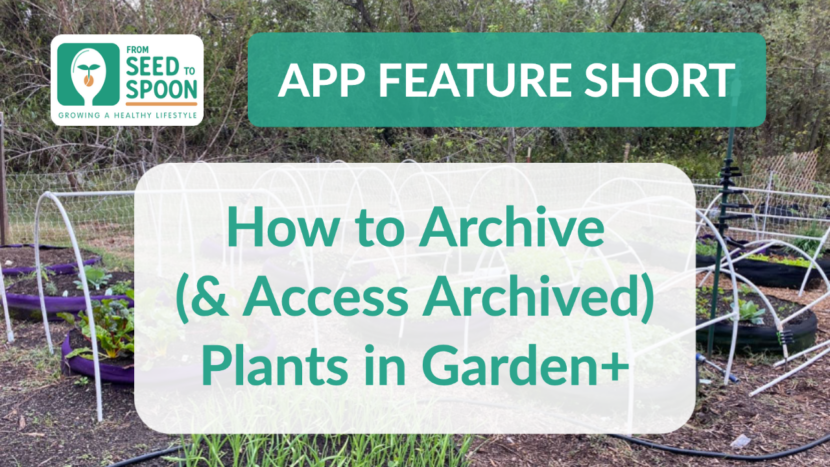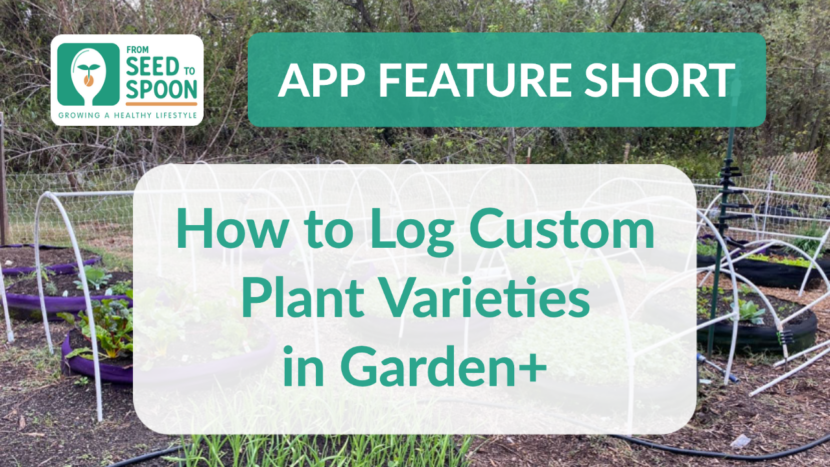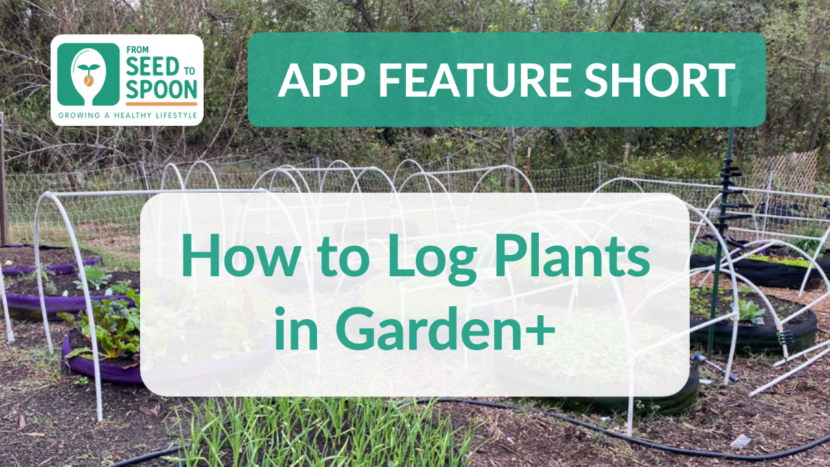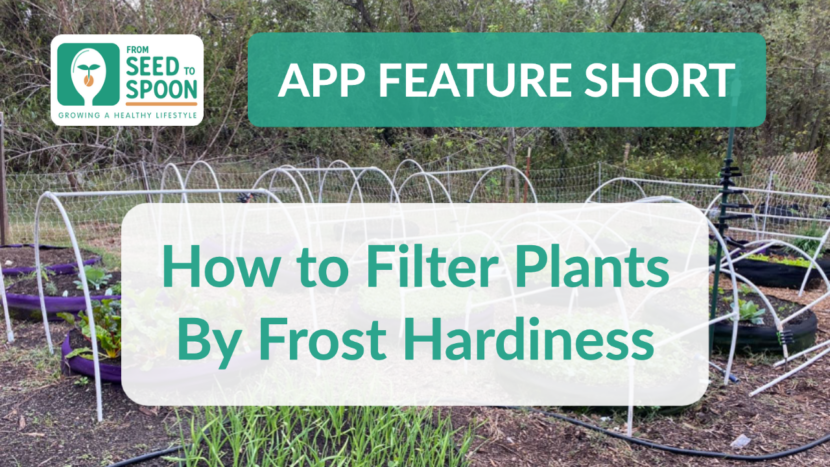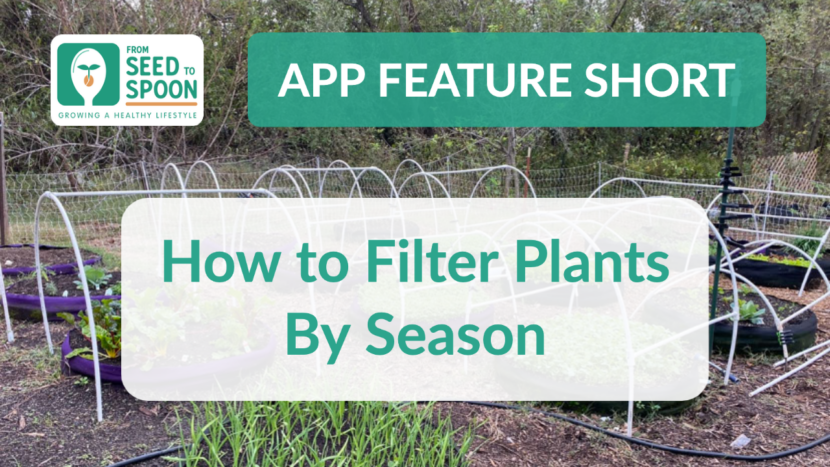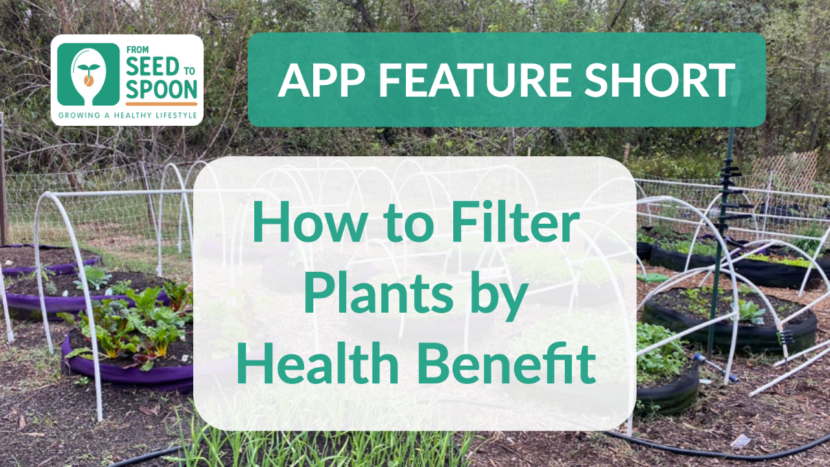Understanding the Differences Between GMO and Hybrid Seeds
In today’s blog post, we’re going to be discussing the differences between genetically modified organisms (GMOs) and hybrid seeds. Understanding the distinctions between these two types of seeds can be important for anyone who is interested in gardening or agriculture. GMOs, or genetically modified organisms, are plants or animals that have had their DNA altered through genetic engineering. This can be done for a variety of reasons, such as to make the plants more resistant […]

